
Connecting with the Community: Join Creative Groups or Festivals
A
t a local street fair, my daughter paused before a mural-in-progress, watching artists brush vivid shapes onto the wall. I asked, “Want to try?” and she nodded, stepping forward with a quiet thrill. Painting alongside others—sharing space, materials, and ideas—opened something new in her. Over time, she began exploring patterns and techniques she picked up from those sessions. What she gained wasn’t just skill, but a sense that creative expression could be collaborative, social, and full of discovery.
Later, she joined a community art group where children stitched a patchwork quilt together. “I like how everyone adds their own part,” she told me. We signed her up for weekly workshops—sometimes crafts, sometimes coding—and each time she came home with a story and a new approach to trying something. At a local showcase, she stood by the group’s quilt and explained how they planned the design, her voice clear and proud. These experiences taught her to speak about her work and reflect on it as part of something larger.
To nurture this growth, look for opportunities that invite your child to create alongside others. Community festivals, art classes, library maker events, and after-school clubs all offer chances to build together. Ask, “Want to make something with a group?” and help them keep a journal, photo album, or project folder to reflect on each experience. These shared spaces become training grounds—not just for art, but for collaboration, feedback, and confidence that will carry into classrooms, friendships, and future creative roles.
Connecting with the Community

Connecting with the Community: Balance Competition and Teamwork
Healthy competition can motivate without dividing. Learn to balance teamwork with friendly challenge to support confidence and cooperation.
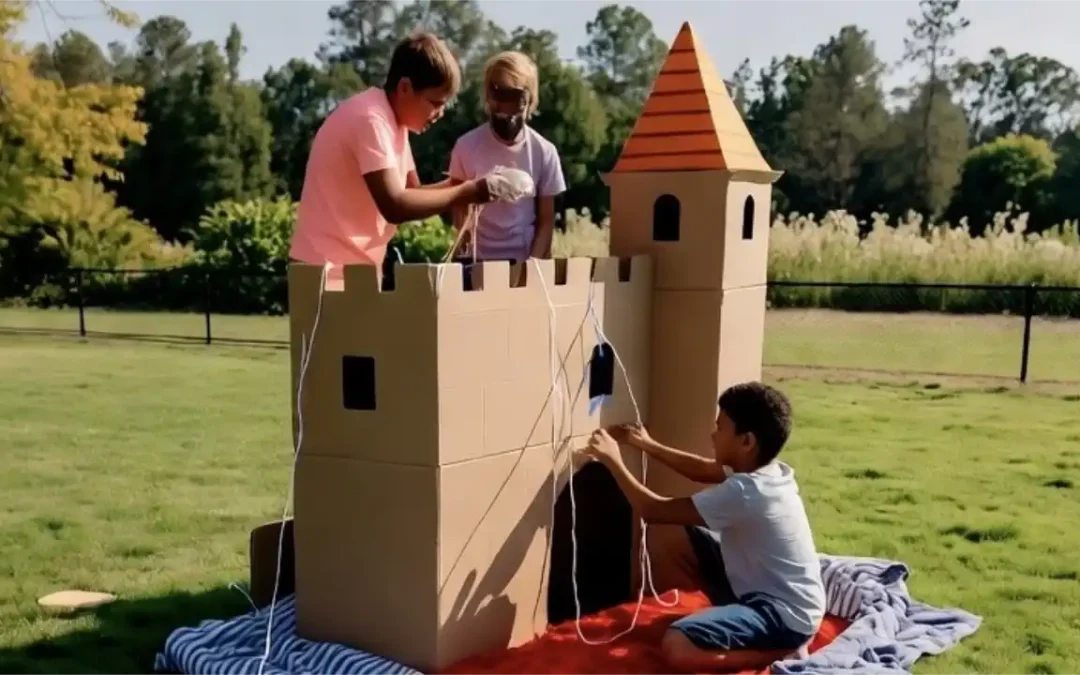
Connecting with the Community: Create with Friends
Collaborative making teaches communication and teamwork. Invite children to create with friends and build shared joy through projects.
Table of contents

Primordial Soup for the Mind: Navigation
Navigate the book Primordial Soup for the Mind.
TIPS
- Join groups like art or science clubs.
- Praise their teamwork to show you value their work.
- Go to weekly events.
- Ask “Want to make something together?” to start ideas.
ACTIVITIES
- Festival Art: Join an event, ask, “Want to make something together?” Create for 15 minutes.
- Group Try: Go to a club, talk about their project, 20 minutes.
EXAMPLE
My son joined a band, saying, “I play drums!” His music started a band hobby.

Download “Primordial Soup for the Mind: A Parent’s Guide to Nurturing Intellectual Growth”
Enter your information to get this article and hundreds more as part of the FREE book Primordial Soup for the Mind.
Share your thoughts with the Thought Academy community in the Comments section below.

Sharpen those skills!
Enter your information to get our FREE practice exercises so you can hone your critical thinking and reasoning skills!

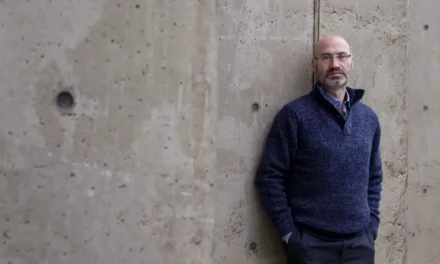

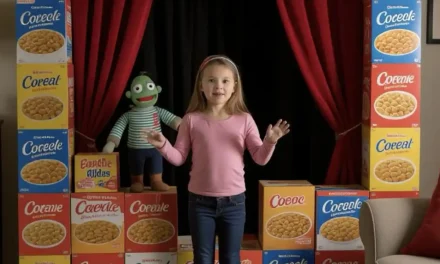
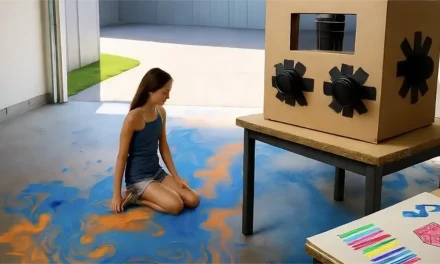
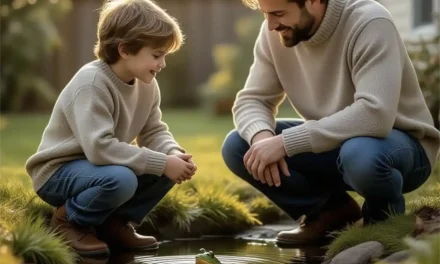

0 Comments